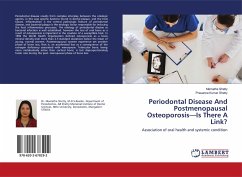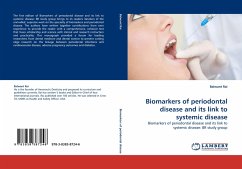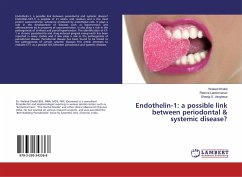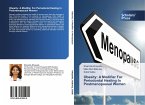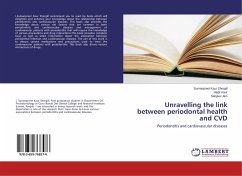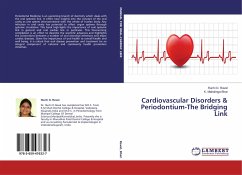Periodontal disease results from complex interplay between the etiologic agents, in this case specific bacteria found in dental plaque, and the host tissues. Inflammation is the central pathologic feature of periodontal disease, and bacterial plaque is the etiologic factor responsible for inducing the host inflammatory processes. The etiology of periodontal disease as bacterial infection is well established, however the loss of oral bone as a result of osteoporosis is important in the creation of a susceptible host. In 1994 the World Health Organization defined osteoporosis as a bone mineral density level more than 2.5 standard deviations below the mean of young, normal women. Postmenopausal women experience yet another phase of bone loss, that is, an accelerated loss as a consequence of the estrogen deficiency associated with menopause. Trabecular bone, being more metabolically active than cortical bone, is lost disproportionately faster rate during this post- menopausal phase of bone loss.

